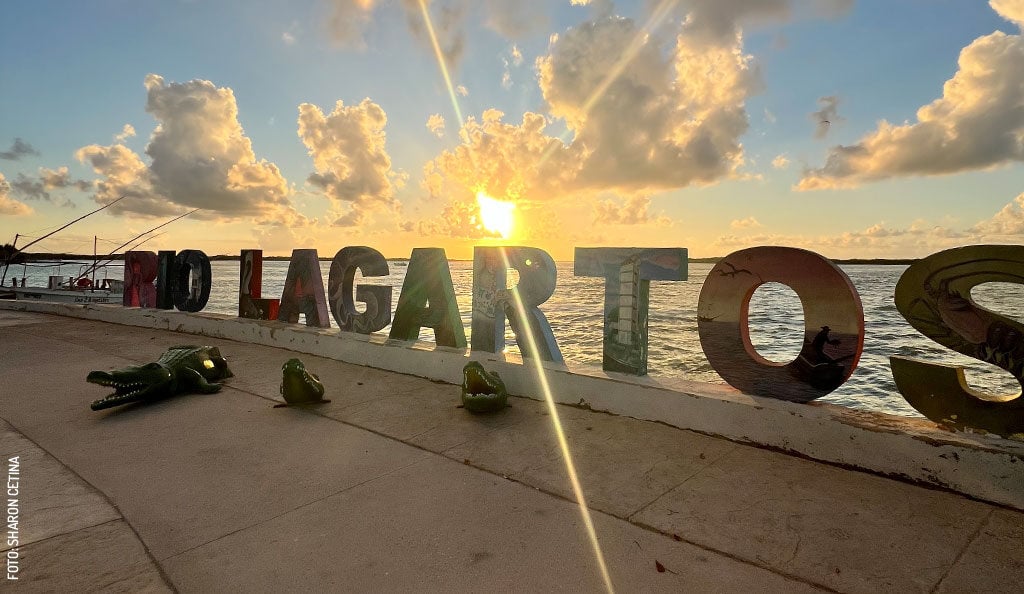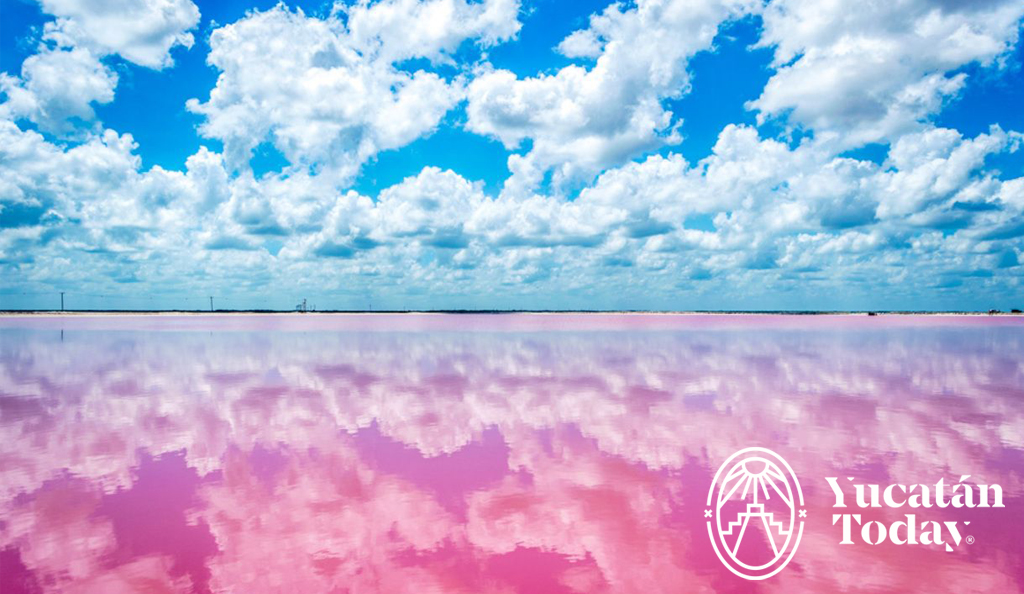
A Natural Wonder of the World: Las Coloradas
Isn’t the planet we live on wonderful? Every corner offers a treasure to discover. There are places, however, that go further; places that seem to come out of a story, or a science fiction movie, and that awaken our thirst for travel and wonder: the green hues of the northern lights over the snow in Alaska, the bright orange dunes in the Sahara, the blue glaciers in Argentina. Hundreds of thousands of people save for years to see these extraordinary wonders of the world (and the colors that adorn them) in person.
Well, one of those places is here, in Yucatán. A place where the spectacular whiteness of the sand and turquoise green of the sea become the background for views that seem from another world. A place where, as strange as it sounds, the line between the blue of the sky and the pink of the water is blurry. A place that you truly have to see to believe: Las Coloradas.
There’s nothing artificial about the color at Las Coloradas. Its vibrant pink tones match the flamingos because they’re caused by the same little animal: artemia or brine shrimp, commercially known as “Sea Monkeys.” Artemia are tiny crustaceans, about a half-inch long at their largest. They have inhabited the planet, practically unevolved, for more than 200 million years, and as hinted by the name “brine shrimp,” they are especially resistant to saltwater.
What is there to do in Las Coloradas?
Las Coloradas is three things: a beach, a fishing village, and a salt mine. What to do at the beach and village is self-explanatory: just relax and enjoy. The salt mine, on the other hand, includes several layers of adventures. The pink lagoons are visible from the road, so even a quick drive will allow you to admire them from a distance. However, Las Coloradas Parque Turístico, and everything it offers as an attraction, are really worth the price of admission.
Las Coloradas Parque Turístico began, quite literally, by popular demand. The pink lagoons were a hidden treasure, but as is often the case, word started to spread, and people started making the journey only to discover that it was impossible to get close. Being a salt extraction site for human consumption, it wasn’t really prepared to be visited without risking the precious food product. Many (many) disappointed visitors later, the owners of the salt mine decided to give in, preparing a series of tours and activities that allow you not only to get close enough to the lagoons to take spectacular photos but also to learn about the entire process that takes the salt from the sea to your table. The best part: you do it all without affecting the extraction process or the natural conditions in which it takes place.
Las Coloradas Parque Turístico
Las Coloradas Parque Turístico is currently offering three types of experiences. The first is a walk around one of the pink lagoons; it's a quick visit (45 minutes), but enough to grab some great shots. The second option is a bicycle tour (30 or 60 minutes), which allows you to go a little further into the park, visiting four lagoons. Finally, the most complete experience: the Safari Tour (90 minutes), in which, aboard an all-terrain vehicle, you can see the full process, and how the ponds change color as you go.
Choosing one really depends on how much time you have, and what your goals are. All of them are excellent for taking unique photos, but take learning to different levels. In addition, you’ll have access to the incredible views of their Mirador (lookout tower), and walk on a mountain of salt: it’s like seeing snow in the middle of the beach!
All tours include the company of a certified guide, well prepared to tell you not only about the salt extraction process, but also about the ecosystem in which it occurs: the Ría Lagartos Biosphere Reserve. And that is also part of the attraction of the park: since Las Coloradas is part of this protected area, during the tour you can see birds that can range from white ibises (Eudocimus albus) and roseate spoonbills (Platalea ajaja) to entire flocks of flamingos, depending on the season.
Harmony with the environment
This balance with the ecosystem is very important for the administration of both Las Coloradas Parque Turístico and its parent company, Industria Salinera de Yucatán. For more than 20 years, they have led several management and conservation programs for the species that nest there, such as the pink flamingo itself and several species of sea turtles. In addition, they have been an engine of sustainable growth for the people of the Las Coloradas community, offering not only fair job opportunities within the salt mine and the park but also promoting sustainable tourism development.
How to plan your visit
To visit Las Coloradas Parque Turístico you can make a day trip from San Felipe, Río Lagartos or Tizimín, or, if you prefer, stay in one of the hotels in Las Coloradas (if you book early, Piña Coloradas is a fantastic option). A tip: arriving in town you’ll come across an area where you’ll be offered different tours, including boat expeditions. If you want to see the lagoons up close, make sure they include a visit to the Parque Turístico Visitor Center; otherwise, they will only show them to you from a distance.
You don't need to book in advance, though it doesn't hurt. Choose a clear day, as the colors look much more vibrant when it's sunny; the best times to visit are between 11 am and 1 pm. Also, if you choose to visit during the spring, you will have the opportunity to see the thousands of flamingos that choose this area to make their nests… It is a breathtaking sight in pink that you can only see in Yucatán.
Las Coloradas Parque Turístico Carr. Tizimín - Río Lagartos, then 20 km to the east
Tel. (999) 996 7196
FB: Las Coloradas Parque Turístico
IG: @lascoloradasparqueturistico
Mon. - Sun. 8 am - 5 pm Tours: Walking tour: $250 pesos (Mexican visitors), $300 pesos (foreign nationals)
Bicycle tour: $390 pesos (60 minutes), $320 pesos ( 30 minutes); bicycle and helmet rental included Safari tour: $890 pesos
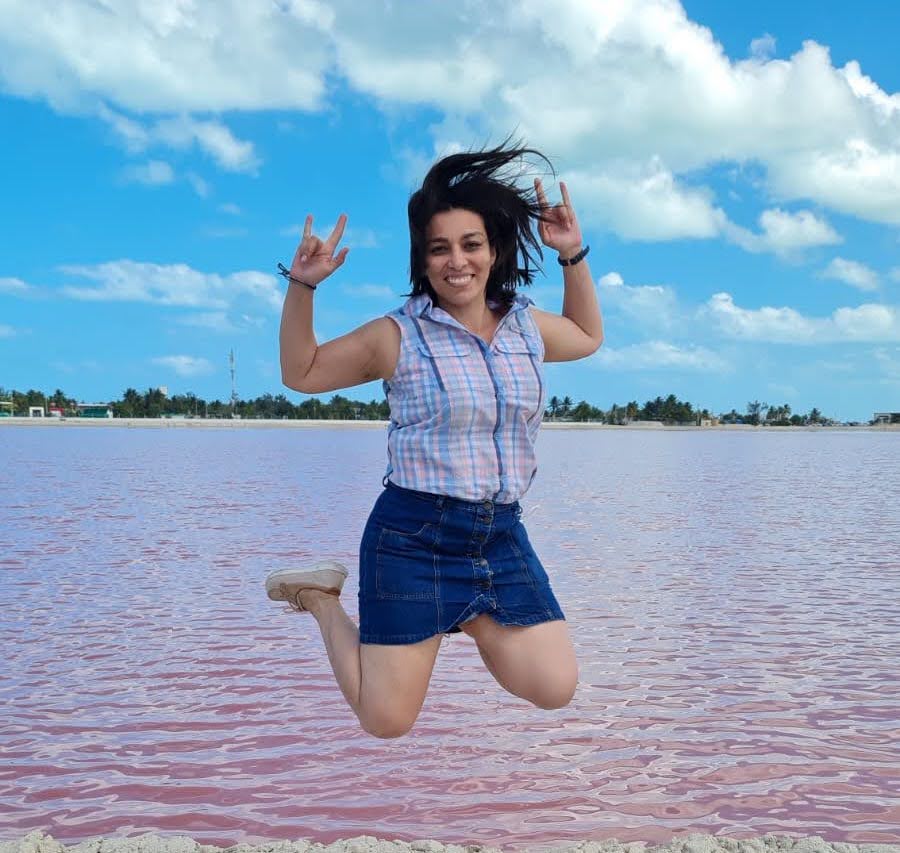
Author: Alicia Navarrete Alonso
As a kid I heard that there's more to see than can ever be seen and more to do than can ever be done, so I set out to try. I'm passionate about knowledge and I love to share whatever my own is.
Receive the latest articles and much more from the best of Yucatán in your email!
Related articles
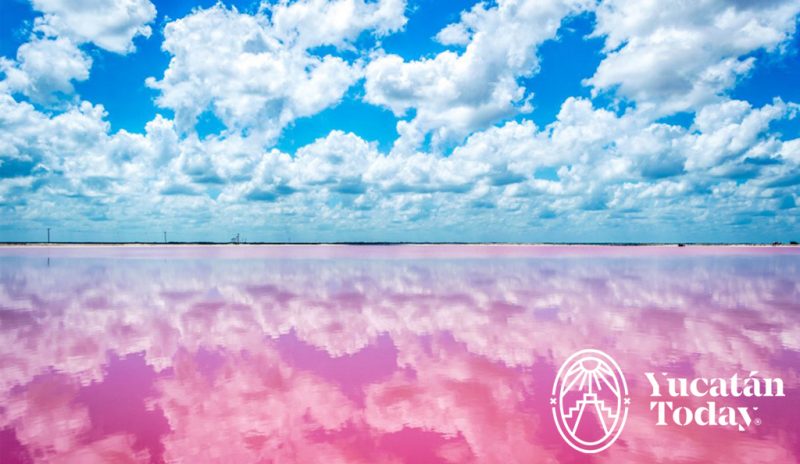
Las Coloradas
In Yucatán there is a place with a breathtaking landscape: imagine a combination of a perfectly clear blue sky with stunning pink waters beneath it....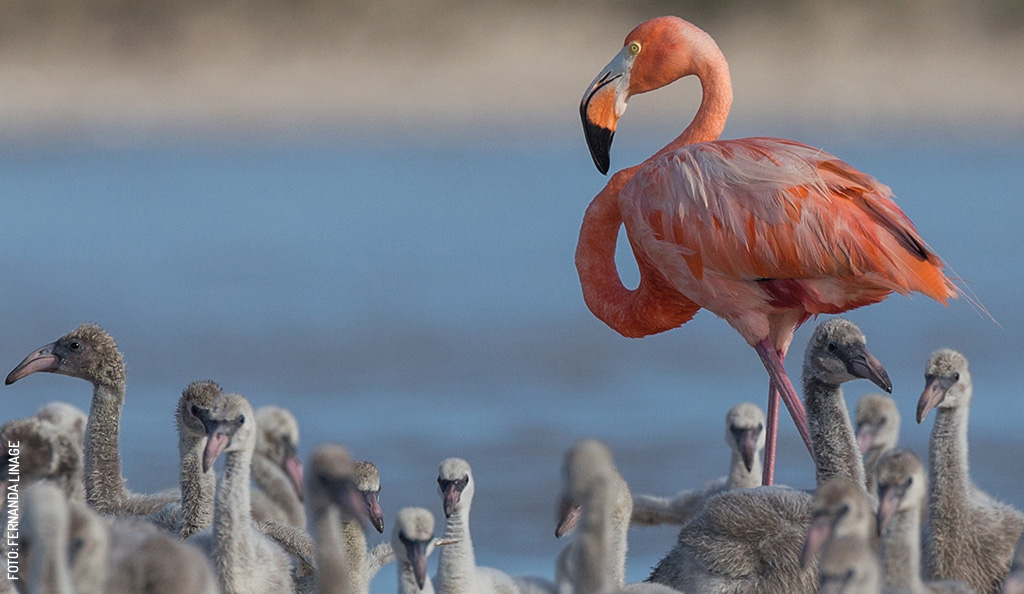
Las Coloradas: Where Life Finds its Balance Between Salt and Sea
Visita Las Coloradas, Yucatán. Descubre la salinera, sus lagunas rosadas y flamencos. Conoce el origen de La Sal del Mar y su producción sostenible.